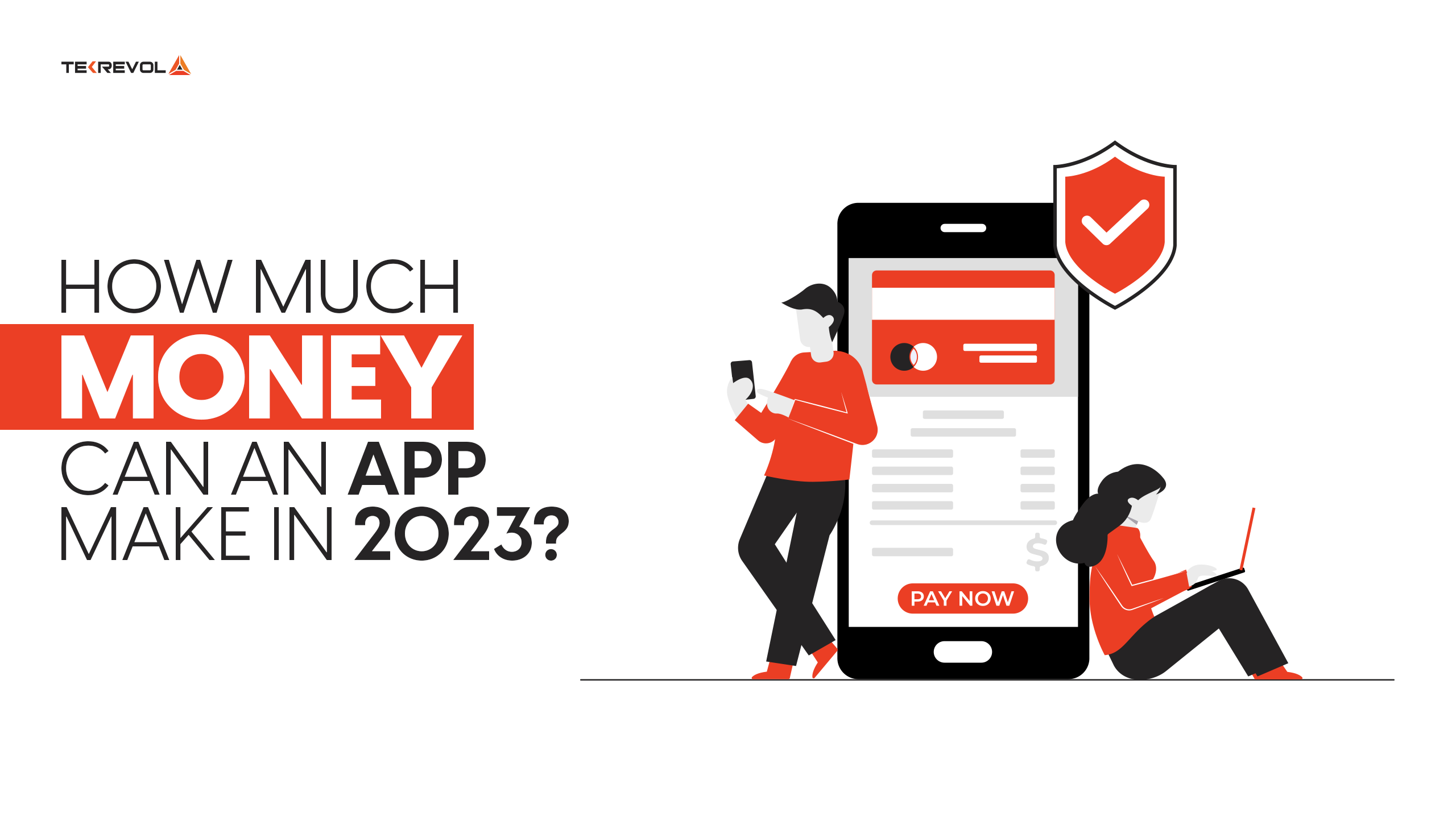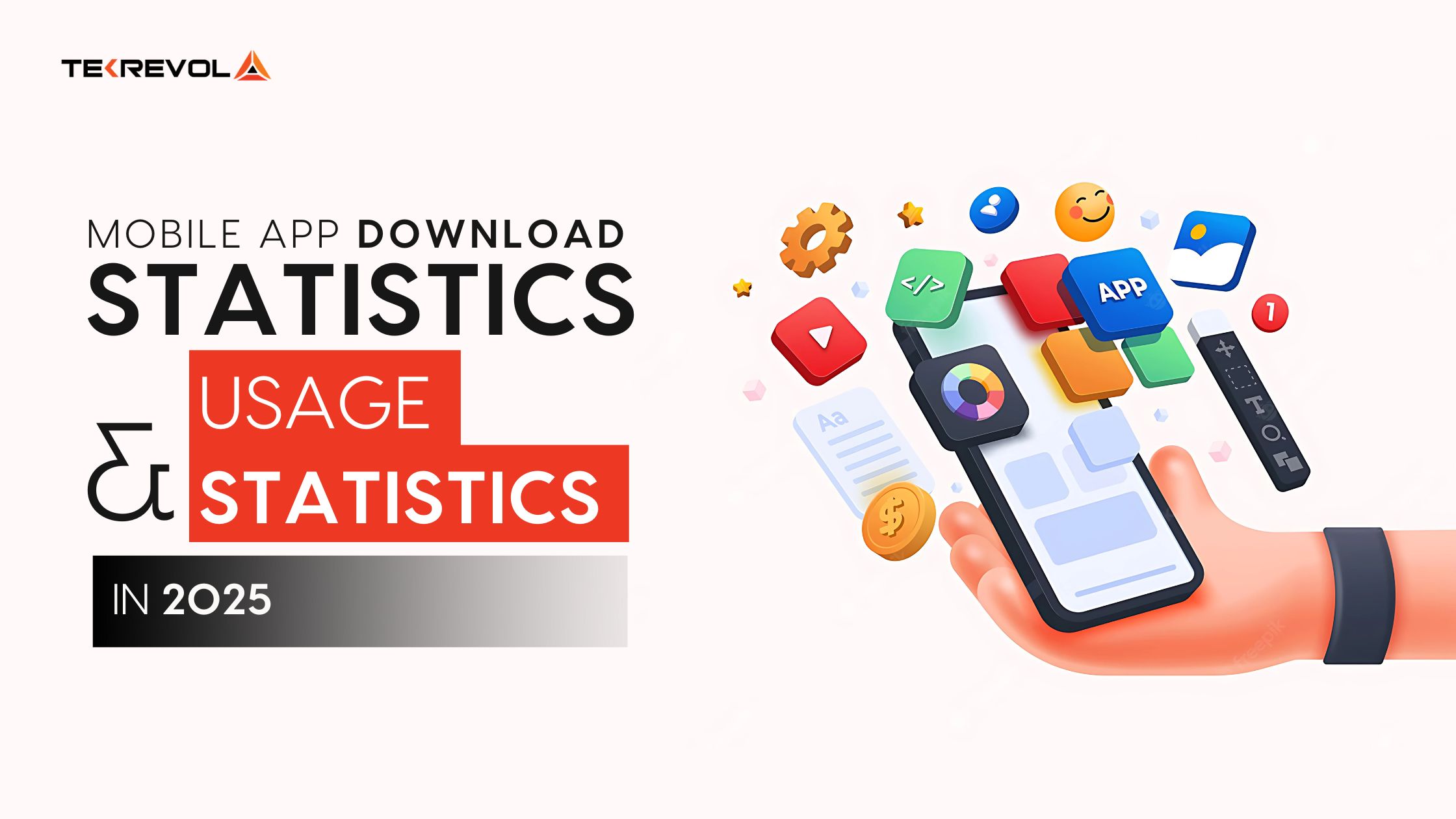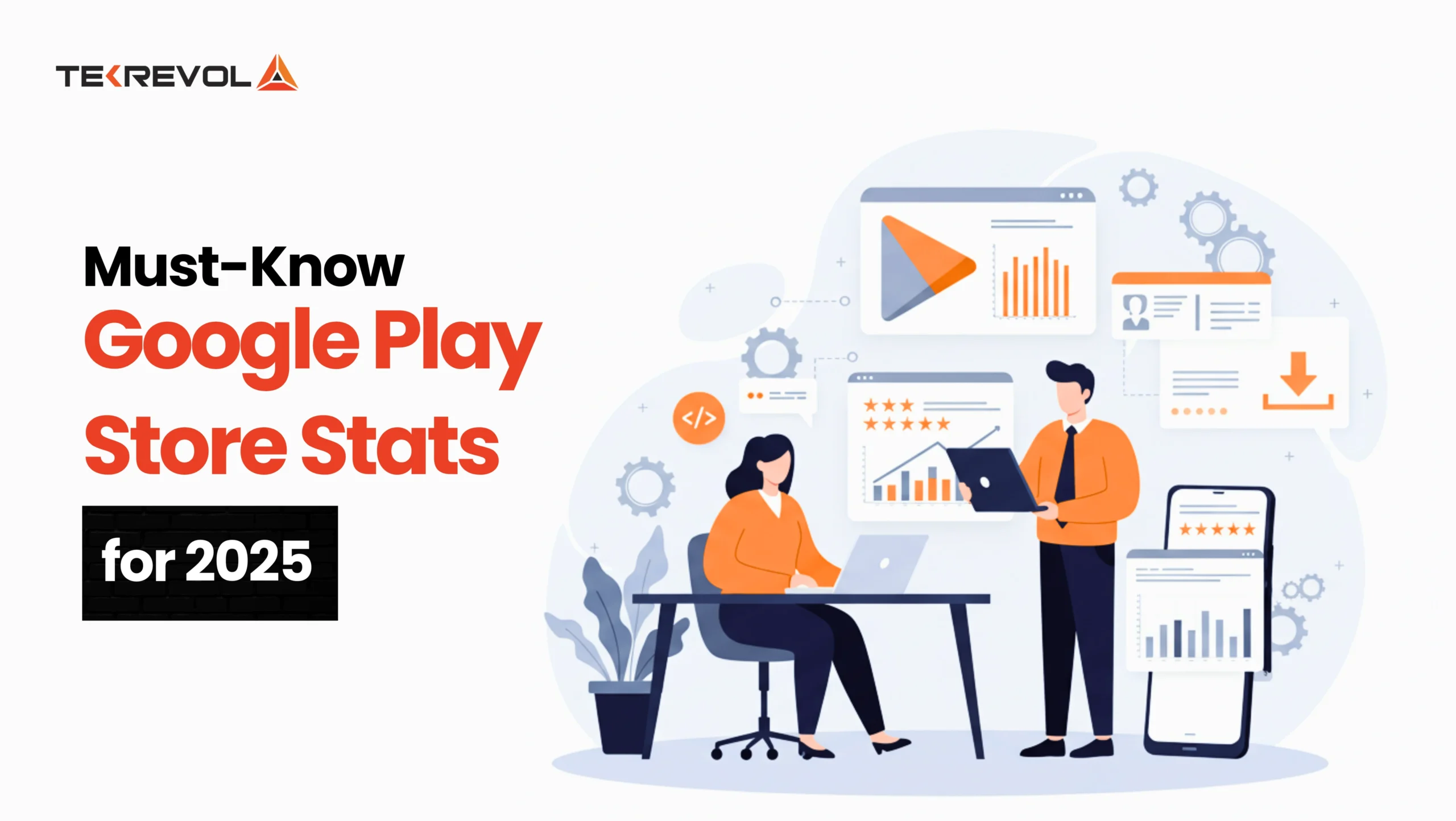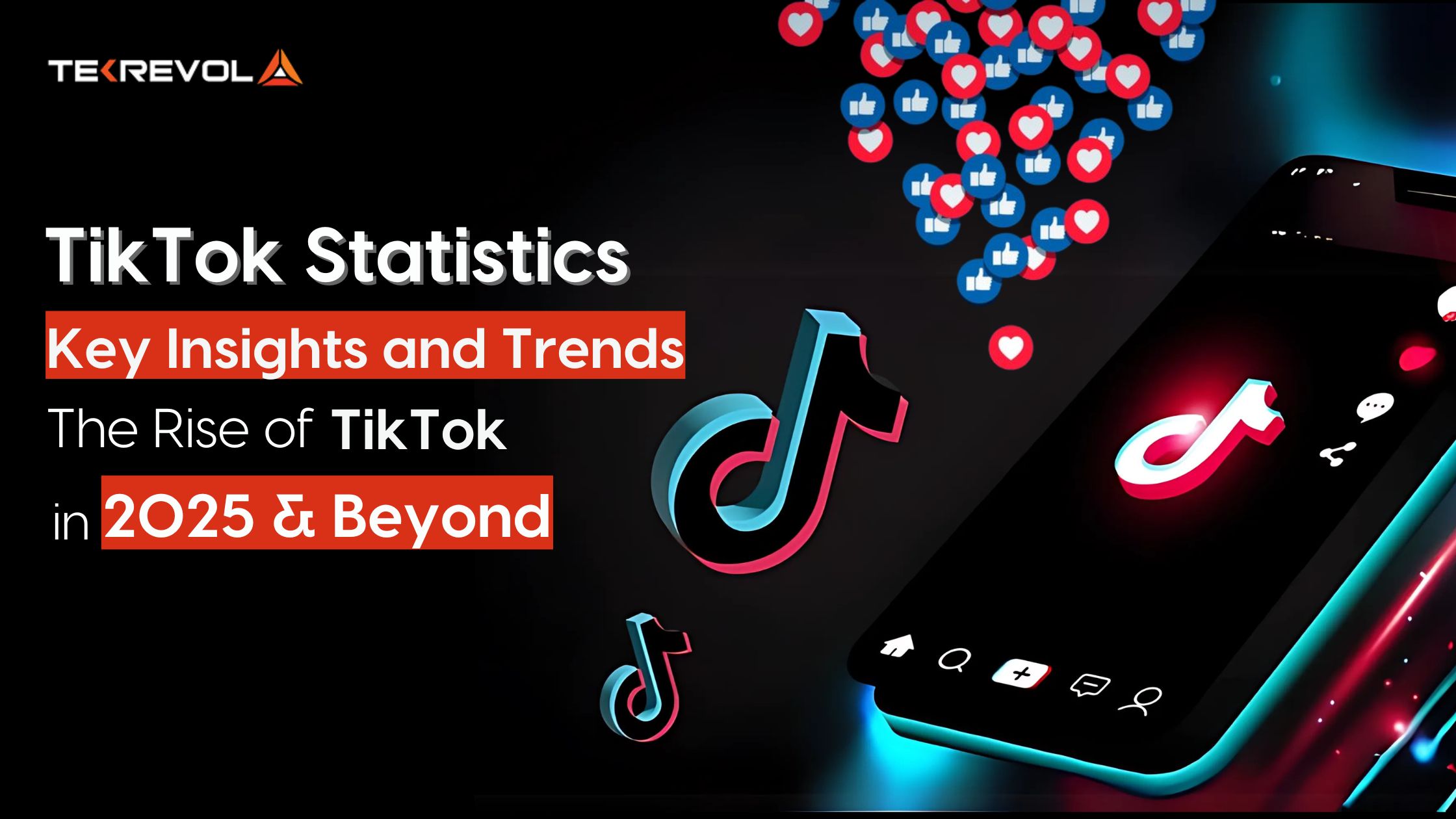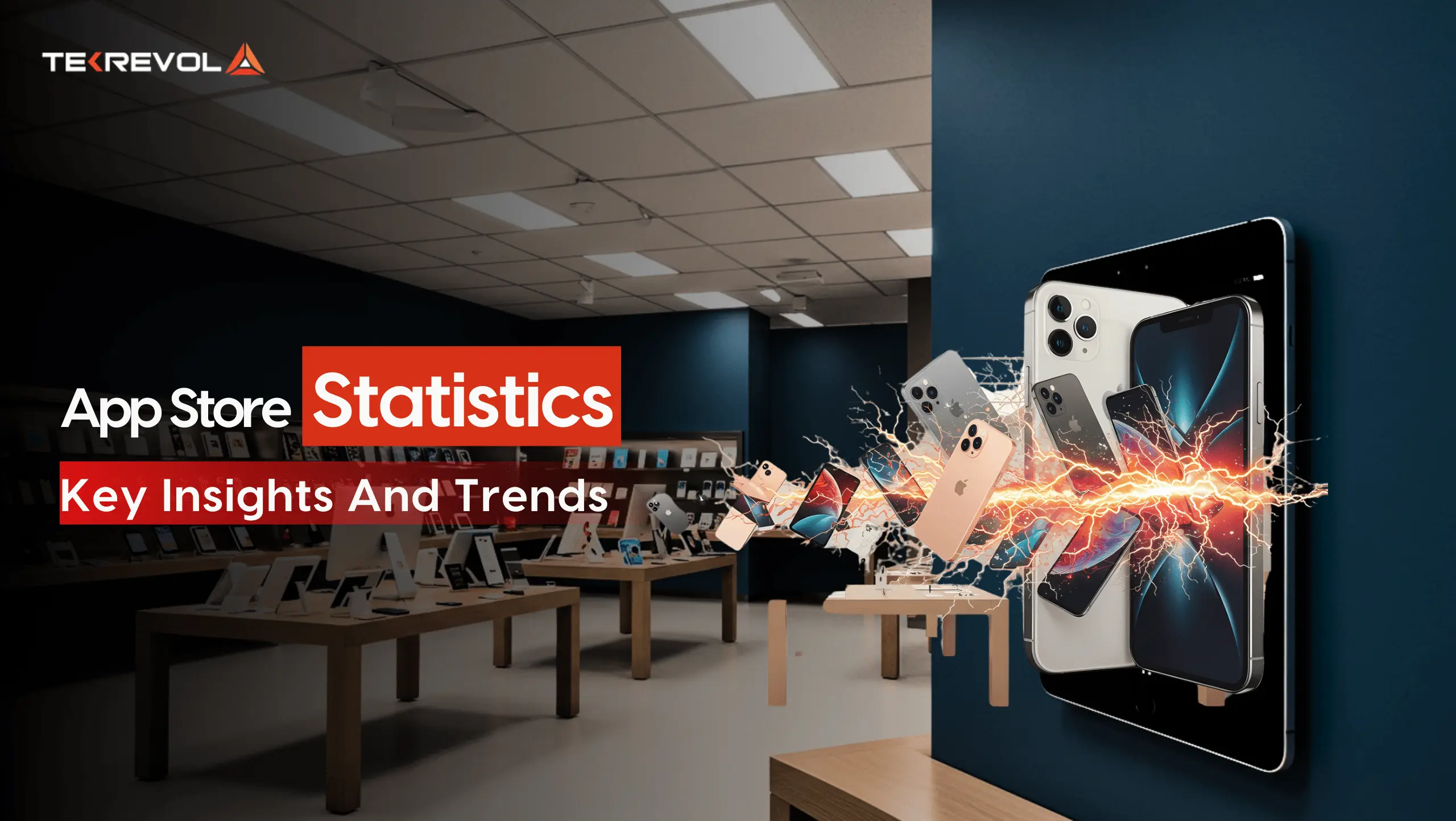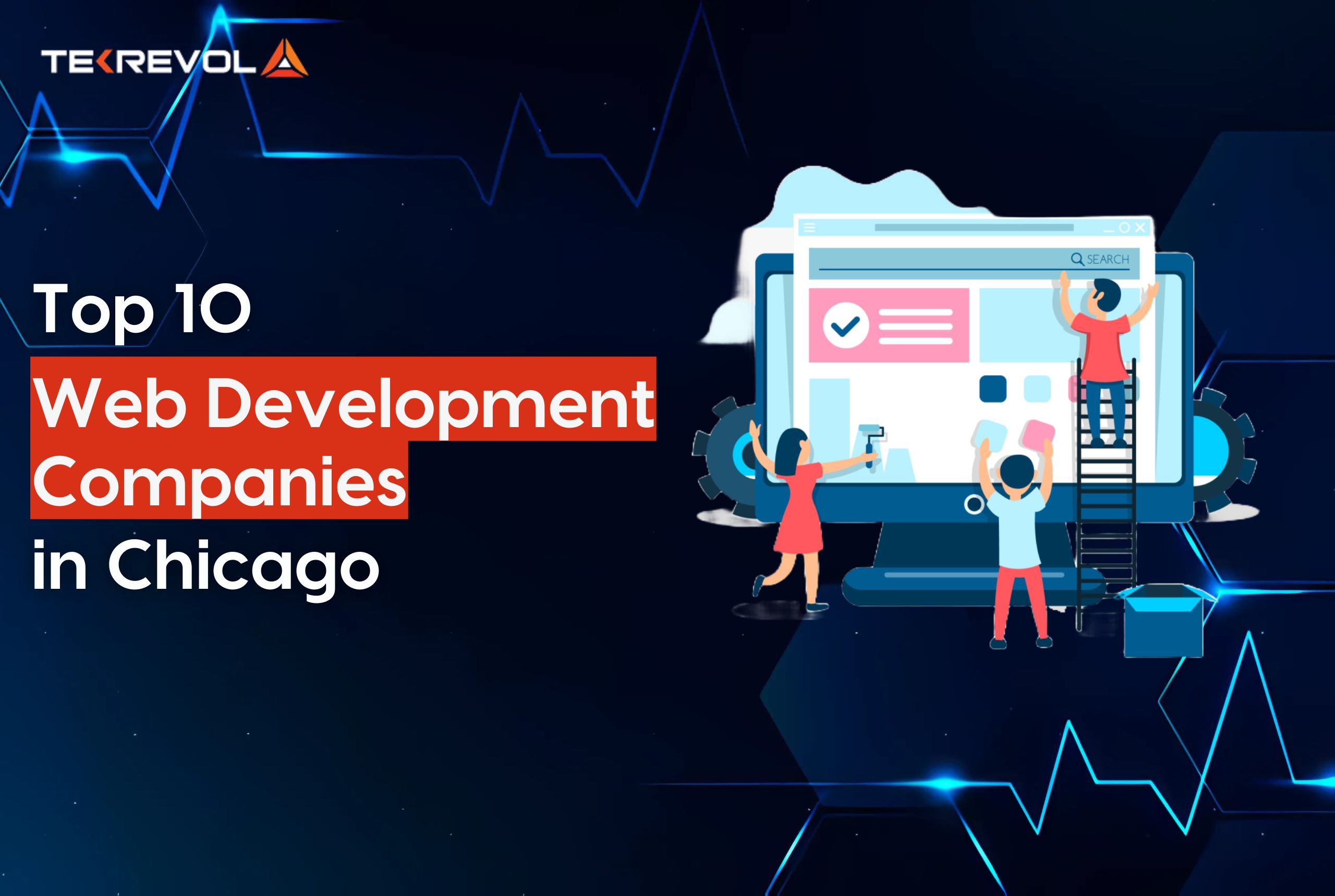Mobile applications have become a substantial part of our lives, providing convenience, entertainment, and functionality.
However, beyond being just tools or sources of entertainment, mobile apps can also be profitable endeavors for developers, enterprises, and entrepreneurs.
If you’re speculating how much money an app can make in 2024, this article will deliver you all the valued insights and guidance.
We’ll discover the factors swaying app profitability, the costs required in app development, the possible profit streams, and the types of apps with the highest earning potential.
Let’s dive into app monetization and learn what lies ahead beyond 2024.
Latest Trends in App Monetization
The app monetization ecosystem continuously grows, driven by changing user behaviors and developing technologies.
Following are some of the latest trends in app monetization:
Subscription Bundling: App developers are teaming with other apps or services to provide subscription bundles, offering users a complete package of paid offerings at a promotional price.
In-App Advertising Innovation: Collaborative and non-intrusive ad patterns, such as playable and native advertising, are gaining approval. Modified and contextually relevant ad experiences are also becoming indispensable.
App-Commerce Integration: Apps integrate eCommerce features, permitting users to make acquisitions directly within the App, generating a unified shopping experience and creating extra revenue.
App Data Monetization: With user permission, developers are displaying opportunities to monetize anonymized app data by offering essential insights to businesses or market research companies.
By staying updated with these trends and familiarizing their monetization plans accordingly, app developers can enhance their income potential and offer value to users.
- Take Your App's Earnings to the Next Level
- Stay Updated on the Latest Monetization Trends!
Exploring Lucrative Business Models and Revenue-Generating Apps
Apps can potentially rake in billions of dollars each year in revenue. However, most of the apps that manage to do this, are quite low in number.
A majority of the apps are duds and literally, don’t make any sort of money at all.
So it’s an incredibly difficult exercise to provide a number on how much money can an app makes considering the fact that there are a large number of apps and there is an incredible amount of variance in the amount of revenue they manage to churn in for their developers.
Let’s understand this through the lens of the current revenue earning potential of the top apps in the industry.
The apps that are in the top 200 apps on the app store, manage to earn around $82,500 on a daily basis.
If we widen that bracket a bit and look at the revenue figures for the top 800 apps, the daily revenue drops down to around $3,500.
This difference is also prevalent in categories as well, for e.g. if you look at game apps, they make around $22k each day, while the figure is significantly lower for entertainment apps, who manage to churn in just $3090 each day.
So, having said that, you cannot have a uniform answer on how much money can your app make?
The app market is registering continued growth and industry analysts predict that this growth is going to remain strong in the future as well.
In the first quarter of 2023, mobile devices (excluding tablets) accounted for approximately half (58.33%) of global website traffic, consistently maintaining a share around the 50 percent mark since the beginning of 2017 before permanently surpassing it in 2020.
The amount of how much money can an app makes varies from niche to niche and if you’re looking to boost your business in the digital world, then the mobile app industry is the ideal market for you to tap.
According to statista, it’s projected that by the end of 2023, the global app revenue will reach a whopping $542,390 million.
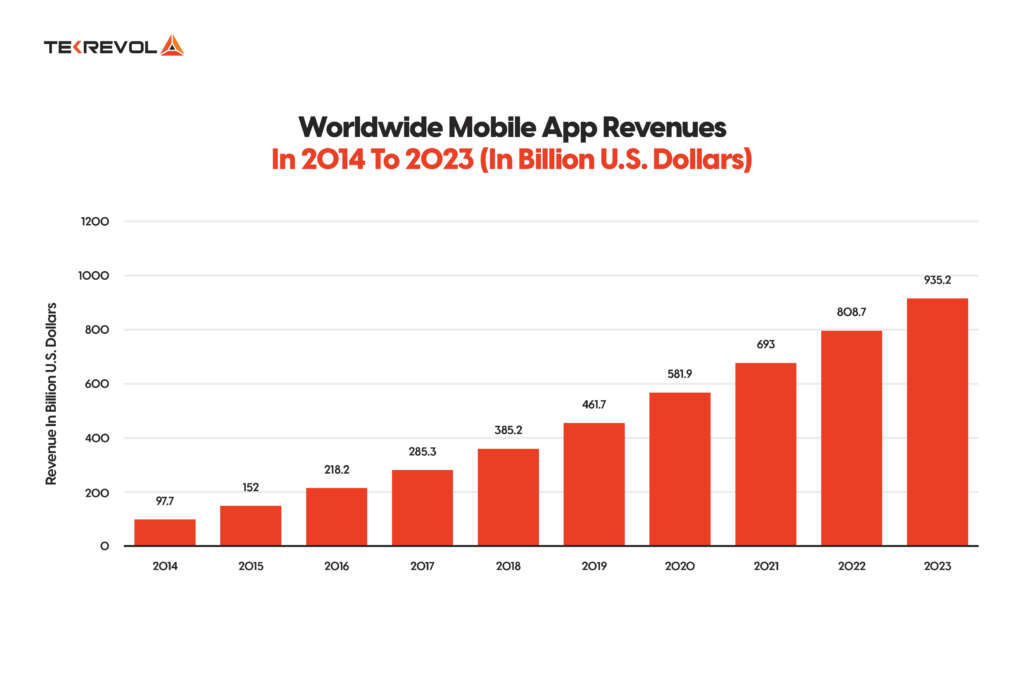
This massive revenue generation is a byproduct of the rise in mobile phone usage. According to Oberlo, 56.86% of the global traffic came from mobile phones.
For businesses, this is a gold-mine that can result in massive growth, and industry leaders have already started to use this platform to realize a higher return on investment.
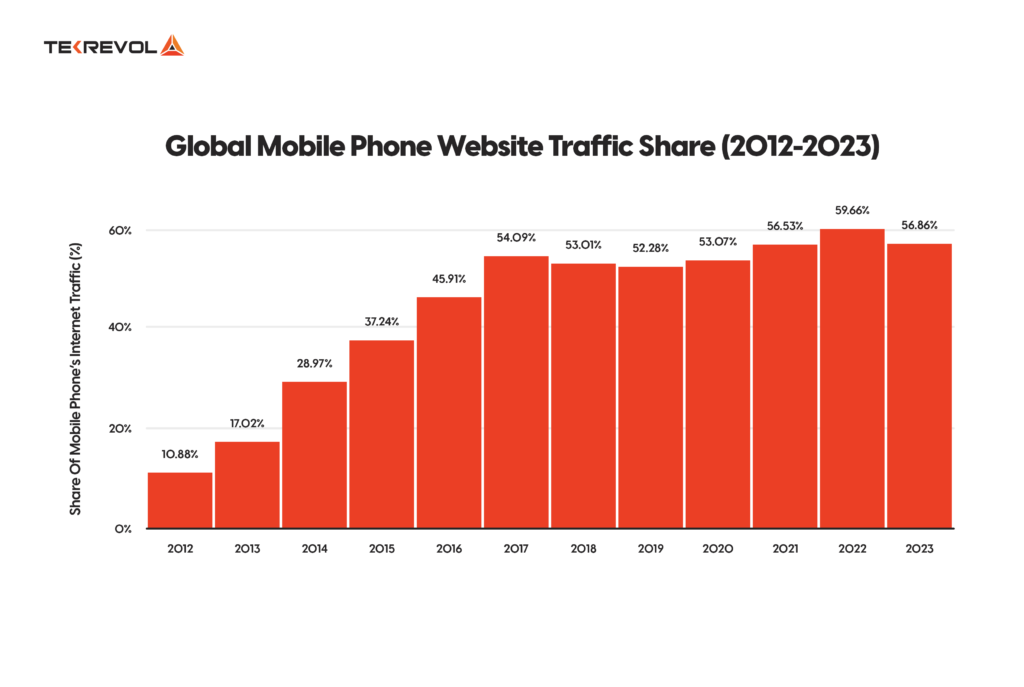
Moreover, according to business of apps, Tiktok was the top grossing application of 2022, succeeding in generating $2 billion revenue. This indicates that social media applications are widely in use by users worldwide.
But since there is no set average for how much revenue an app can generate, you will need to understand how different niches are performing within the app ecosystem to understand just how much exactly the expected returns on your targeted niche will be.
You have to decide both the market you will target and the business model your app will implement.
To make this an easier process, we’re discussing some of the most trending business models and applications that are generating massive revenue.
The Different Types Of Revenue Streams
When we talk about monetizing your App, numerous ways exist to create revenue and maximize your earnings.
The following are some standard methods:
01. Advertising

Advertising is a successful way to monetize mobile apps. In addition to side and inner banners, other ad setups such as interstitial ads, native ads, and rewarded videos are typically used.
Interstitial ads are full-screen ads that display at raw conversion points within the App, such as in the middle of levels in a game or during app navigation.
Native ads merge flawlessly with the App’s layout and content, offering a non-intrusive and fetching ad experience.
Rewarded videos allow users to see a video advertisement in exchange for in-app rewards, creating a win-win situation where users obtain enticements while developers create revenue.
For instance, a travel app may show interstitial ads between hotel search results, displaying sponsored travel destinations.
Native ads within a news app can faultlessly mix with article content, offering applicable references for products or services.
Rewarded videos can be applied in a gaming app, where users can select to watch a video advertisement to receive extra lives or in-game currency.
Developers can monetize their apps with the help of advertising by associating with ad networks or using ad mediation mediums that link them to several ad networks.
This permits them to exploit ad fill rates and improve revenue by exhibiting the most pertinent and high-paying ads to their users.
It’s essential to balance ad placements and user experience to evade unnecessary ad interruptions and guarantee app engagement.
02. In-app purchases
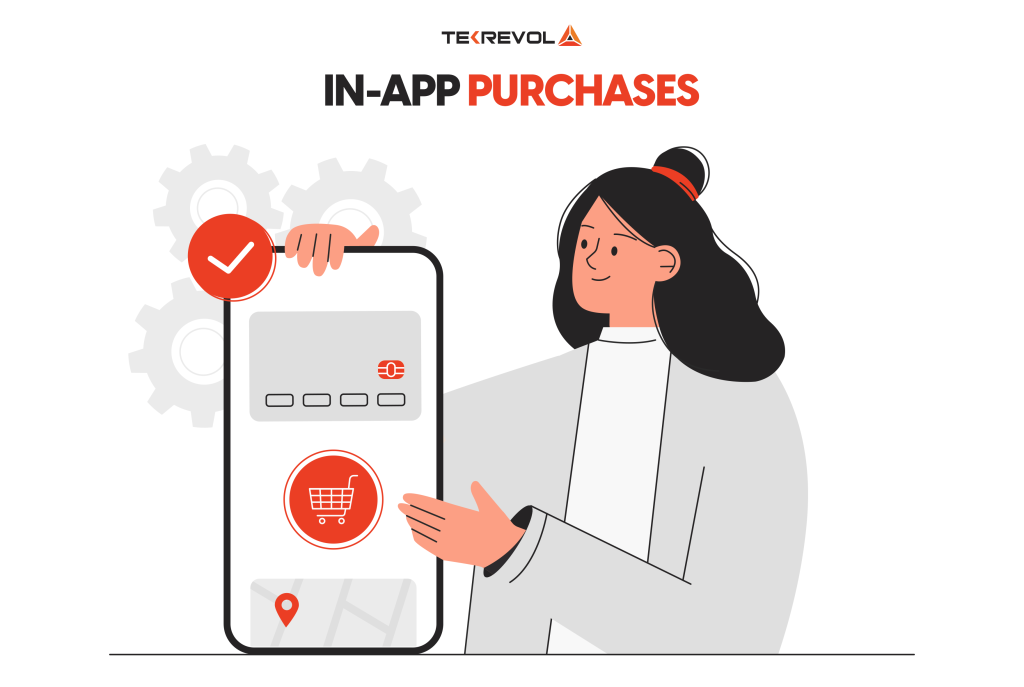
In-app purchases provide a significant revenue opportunity for app developers by permitting users to improve their app experience or open additional content.
Free apps can also offer paid content or features to users.
Beyond virtual goods and power-ups, developers can discover numerous in-app purchase features.
For example, a photo editing app can provide paid filters, cutting-edge editing tools, or special photo effects as in-app purchases.
A fitness app can offer dedicated workout programs, modified coaching, or nutrition plans for a fee.
Developers can create constant revenue and shape a loyal user base by cautiously curating in-app purchases that align with the App’s value proposal and user preferences.
Developers should contemplate offering a unified in-app purchase experience, guaranteeing transparency about the advantages and costs of each purchase.
It’s imperative to balance providing value through premium features and content while evading an extreme focus on monetization that may estrange users.
Introducing new in-app purchase opportunities and heeding user feedback can help improve revenue and sustain user satisfaction.
03. Subscription
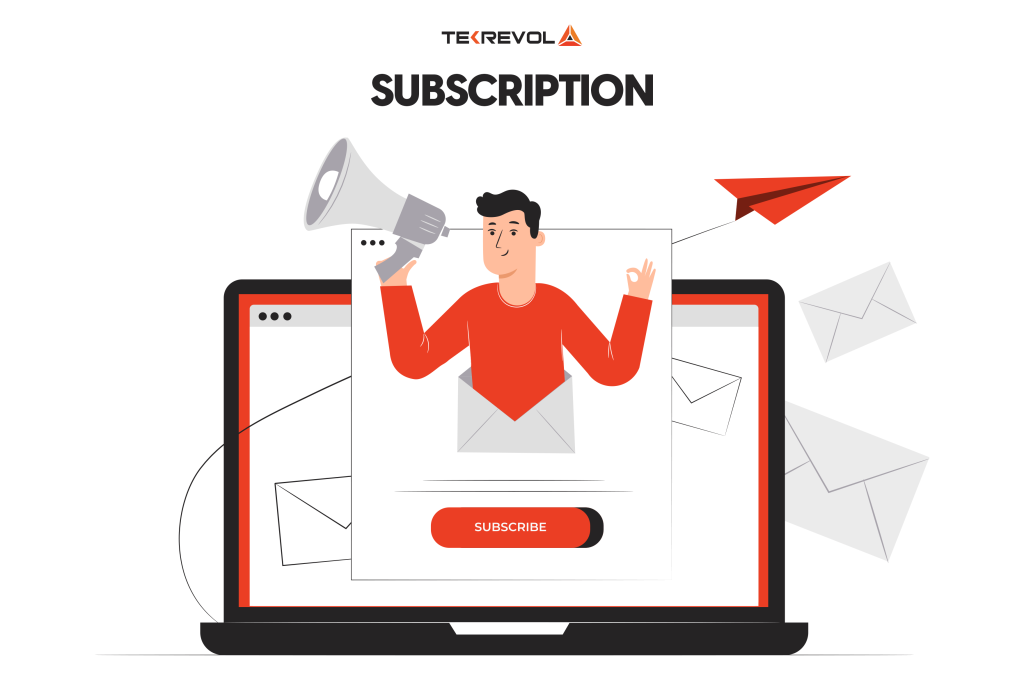
Subscription-based monetization models have added significant traction in recent years.
Developers can launch a recurring revenue stream by providing users access to special content, cutting-edge features, or an ad-free experience.
Subscriptions are principally effective for apps that offer constant value or unceasing updates.
For instance, a productivity app can deliver top features such as cloud storage, collaboration tools, or offline access through a subscription.
The US market is no exception to this trend, as general subscription e-commerce sales in the US are increasing, with forecasted sales reaching a double-digit value in certain billion US dollars by 2024.
Furthermore, the number of digital buyers is also anticipated to increase steadily from 2019 to 2024.
A news app can access premium articles, modified news recommendations, or exclusive interviews.
Developers should wisely design subscription plans that offer meaningful advantages to subscribers while delivering a fair pricing structure.
Delivering variable subscription tiers with changing features and pricing can cater to a broader range of users.
It’s critical to deliver value to subscribers unceasingly, frequently updating content and adding new features to keep them involved and validate the recurring payment.
Successful subscription monetization necessitates balancing delivering value and preserving a loyal subscriber base.
04. Paid apps
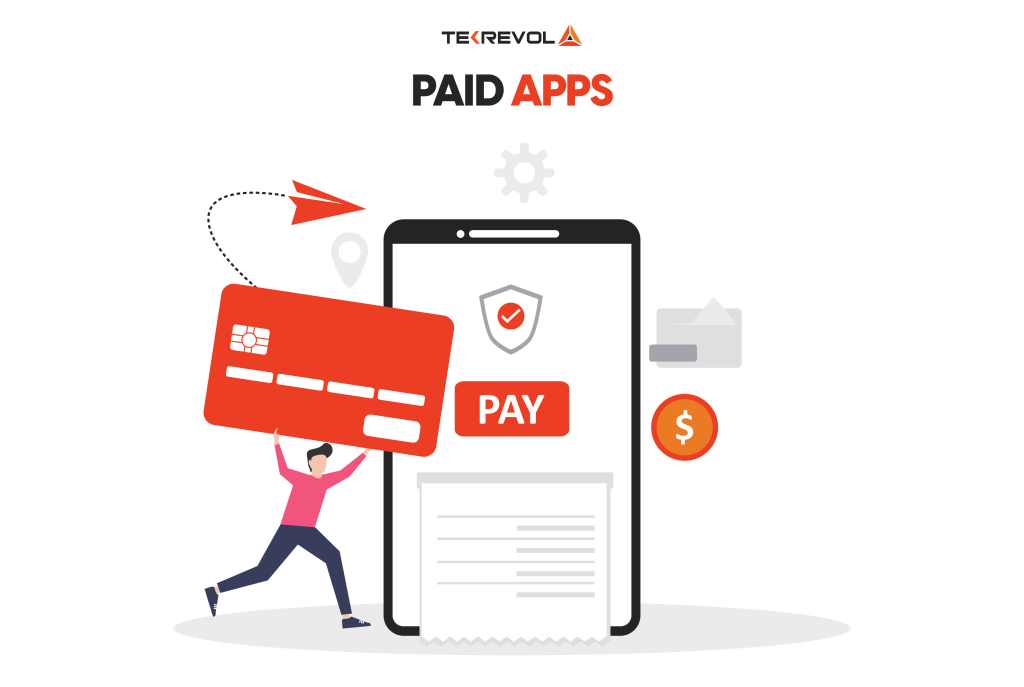
Paid apps provide an upfront monetization method, where users must pay a one-time fee to download and access the App.
This approach is often used for apps that offer dedicated services, paid content, or niche offerings.
Developers can set the price based on their App’s apparent value and the target market’s inclination to pay.
When applying a paid app model, it is imperative to link the App’s unique selling points and highlight the value users can imagine receiving.
This can be attained through persuasive app descriptions, visuals, and constructive user reviews.
Providing a free trial or a lite version of the App can aid users in experiencing the App’s benefits before making an acquisition, thereby enhancing conversion rates.
It’s imperative to unceasingly update and improve the App to preserve customer satisfaction and validate the initial purchase price.
Offering regular updates, bug fixes, and new features validates the developer’s commitment to bringing value to paying users.
Developers should also contemplate offering excellent customer support to solve any issues or apprehensions paying users may have.
05. Sponsorship

Sponsorship allows app developers to cooperate with brands or businesses and integrate sponsored content or promotions within their Apps.
This can involve sponsored articles, videos, events, or affiliations that align with the App’s target audience and improve the user experience.
For instance, a health and wellness app may work with fitness equipment manufacturers to endorse their products with the help of sponsored workout routines or product placements.
A recipe app can join food brands to grow sponsored recipes using their products.
By using sponsorship openings, developers can produce revenue, improve the App’s reliability, and offer added value to users through applicable and curated content.
When following sponsorship deals, it’s critical to guarantee that the sponsored content flawlessly integrates with the App’s complete user experience and aligns with its primary purpose.
Developers should arrange to uphold users’ transparency by labeling sponsored content to differentiate it from organic app content.
Developing long-term associations with renowned brands that echo the App’s audience can nurture trust and generate constant sponsorship revenue.
06. Affiliate income

Affiliate income is produced by endorsing products or services within the App and receiving a commission for each sale or action created through the App.
This monetization process can be applied through numerous affiliate marketing mockups such as Cost Per Click (CPC), Cost Per View (CPV), or Cost Per Install (CPI).
For instance, a fashion app can feature affiliate links to apparel items, and the developer receives a commission for each acquisition made through those links.
Likewise, a travel app can integrate affiliate links to booking channels, grossing a commission for each hotel reservation or flight booking made by users who snap on the links.
App developers must choose affiliate programs that align with their App’s nature and target audience to produce affiliate income successfully.
It’s imperative to balance providing valued endorsements to users and monetizing the App through affiliate links.
Transparency is critical in revealing any affiliate dealings to preserve trust with users.
App developers can branch out their revenue streams and enhance their earning potential by actively displaying and applying these monetization channels—such as paid apps, sponsorship, and affiliate income.
07. Selling merchandise
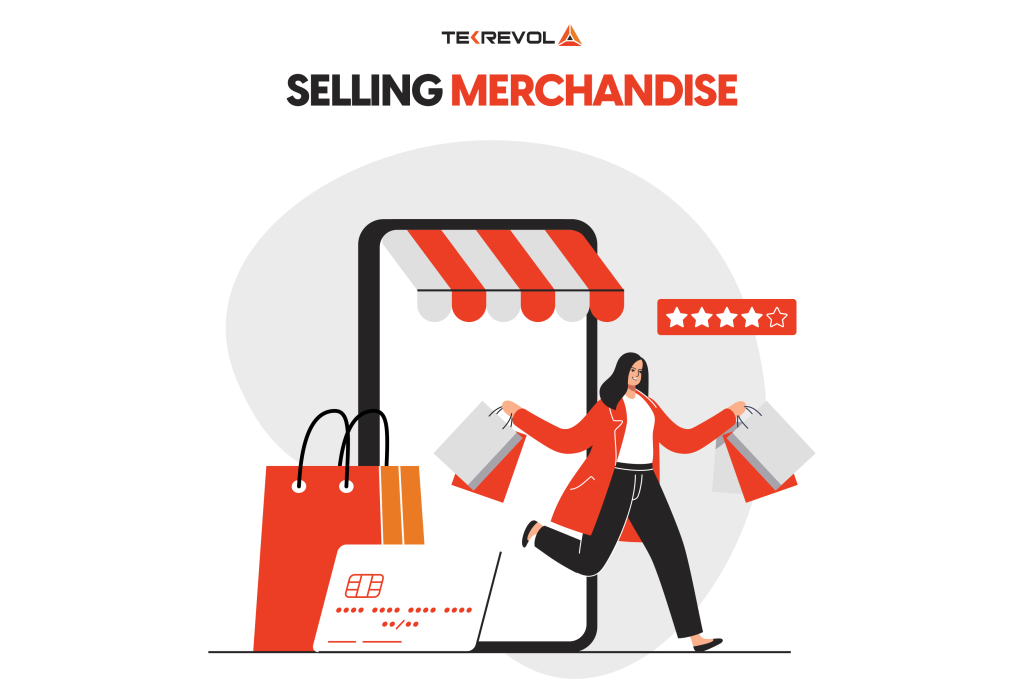
Selling merchandise relevant to the App can be a profitable revenue stream, particularly for apps with a strong brand presence and engaged user base.
By providing branded merchandise such as apparel, accessories, or merchandise that matches the App’s theme or functionality, developers can look into their users’ like-mindedness for the App and develop an additional source of income.
For instance, a meditation app can sell meditation cushions, fragrant candles, or relaxation-themed products.
A gaming app can deliver merchandise containing characters or logos from the game, such as t-shirts, keychains, or collectible stuff.
By producing attractive and high-quality products, developers can use their App’s popularity and offer users concrete items that improve their connection with the App.
Developers should prudently reflect on the logistics of selling merchandise, including production, inventory management, and contentment.
Using print-on-demand services or eCommerce mediums can streamline the process by handling printing, shipping, and customer support.
Promoting the products within the App through notifications, banners, or devoted sections is imperative, generating visibility and pouring user interest.
08. Crowdfunding

Crowdfunding offers a substitute method for monetizing an app by engaging the App’s user base and outside supporters.
Developers can operate crowdfunding campaigns to increase funds for app development, introduce new features, or present a related product or service.
Crowdfunding mediums can also allow developers to offer their projects, set funding goals, and provide numerous rewards to backers who pay financially.
In addition to financial contributions, developers can provide limited benefits or early access to app features as inducements for backers.
For instance, backers may obtain a paid version of the App, modified support, or limited-edition goods.
Developers can nurture a sense of community and loyalty by including users in the App’s development procedure and making them feel like dynamic participants.
Crowdfunding campaigns can also contain selling products as part of the rewards structure.
This produces extra revenue and helps endorse the App to a broader audience.
Developers should develop effective and transparent campaign content with a thorough project description, videos, and regular updates when initiating a crowdfunding campaign.
Social media and other marketing channels can help reach a greater audience and entice potential backers.
Setting accurate funding goals and delivering regular communication with backers during the campaign and beyond is significant.
- Empower Your App's Journey
- Tap into Crowdfunding to Fuel Innovation and Achieve Financial Excellence!
Expanding App Reach: From Smart TVs to Smartwatches & Beyond
Mobile applications are not just limited to even smartphones today. Nowadays, applications can be found on Smart TVs. These Smart TVs are today present in more 225 million homes in the US. However, the most popular applications that are being used today on Smart TVs are Netflix, Hulu
The most popular apps used on Smart TVs are appropriate for the medium. They already have a very large, existing user base, such as Netflix, YouTube, Amazon Prime Video, Spotify, etc. In a nutshell, apps are now increasingly becoming an integral part of television sets.
Furthermore, Smart speakers such as Alexa or Google Home are also dominating the application world. While the growth of these devices was already predicted to surpass the $125.65 million mark, the feature of seamlessly connecting these devices with third-party mobile applications is what proves the viability of mobile applications.
Moreover, the widespread mobile applications don’t stop just here because the hottest game consoles have their own dedicated app stores that give the gamers options to buy or download their preferred game applications easily from the store.
Lastly, Smartwatches!
Moreover, according to business of apps, Tiktok was the top grossing application of 2022, succeeding in generating $2 billion revenue. This indicates that social media applications are widely in use by users worldwide.
So, if you’re an app developer, I would recommend that you make your app smartwatch compatible to give it a competitive edge and viability.
Mobile Ad Networks and Tools that Help Monetize Free Apps
Monetizing free apps with the help of advertising entails the successful utilization of mobile ad networks and tools.
These platforms offer developers admittance to ad inventory and enable ad placements within their apps.
Following are some standard mobile ad networks and tools that support monetizing free apps:
Google AdMob: A widely used mobile ad network that provides a range of ad formats, together with banners, interstitials, and content videos. It offers innovative targeting options and robust analytics for improving ad revenue.
Facebook Audience Network: This platform permits developers to monetize their apps through Facebook’s extensive advertising network, delivering native, banner, and interstitial ads personalized to users’ interests.
Unity Ads: Ideal for gaming apps, Unity Ads offers content video and interstitial ad formats. It mixes flawlessly with the Unity game development engine and provides high-quality ad experiences.
MoPub: MoPub is an ad intervention platform that permits developers to accomplish multiple ad networks in one place, enhancing ad revenue by choosing the best-performing ad source.
Using these mobile ad networks and tools, developers can efficiently monetize their free apps while guaranteeing a positive user experience and exploiting their advertising revenue
How Much Do Subscription Apps Make?
Subscription apps are another great medium of earning money through in-app purchases. The best example of a related money-making app is Tinder. Although the Tinder app is free for anyone to download, it charges the users for its features, such as unlimited swipes. This feature gives the users unlimited opportunities to find a match.
Moreover, Tinder’s “Passport” add-on allows the users to match with users in other locations, whereas “Boost” allows the users to appear on top of the pile in front of the nearby Tinder users. Moreover, the Tinder application generated over $1.6 billion revenue in 2021, that is 17% more from the year before.
If you’ve ever used Tinder, you may know that it charges $9.99 per month whereas, $14.99 for a tinder gold subscription. Hence these packages and great features are what made Tinder one of the highest-grossing apps globally.
Another great example of how mobile applications are making money is Bumble. An impeccable growth rate for the usage of dating applications reaching up to $4.94 billion in 2022. However, the main difference between Tinder and Bumble is that Bumble is specially meant for women only.
Hotspot Shield by AnchorFree is another example of a great mobile application that has earned significant value over the years. The app lets the users bypass the restrictions and even firewalls while surfing the internet anonymously.
The technology became immensely popular during the Arab Spring as it was being used to bypass government censorship.
For a year of service, the monthly subscription cost is $5.99. Additionally, on a month-to-month basis, the subscription charges are $12.99.
Furthermore, the Hotspot Shield surpasses a total of 600 million worldwide downloads, making it one of the best reliable applications for secure browsing.
Now that we’re done with the heavy hitters of the mobile application world let’s explore some of the more inclined apps towards generating a significant amount of revenue on a smaller scale.
The Wattpad, an app that lets users read online stories and write them. According to Sensor Tower, Wattpad has more than a million downloads, earning $800k in revenue.
The main method through which the app earns money is by selling stories to readers. The app strategically hooks the users with engaging, suspenseful, conversational, and real-life stories; however, the readers must pay for them to read them.
Another great example of a minimum earning mobile application is the Kayla Itsines’ Sweat app. The app provides the subscribers with super-effective training workout videos, diet plans, yoga, and much more health-related.
The app was released in 2015, and currently, it is generating $100 million/yearly.
How to Determine the Cost of Making an App Easily?
Calculating the cost to make an app is extremely easy. You don’t have to be a pro to do it. Here is the simplest formula to help you calculate the cost of making an app.
Total Project Timeline X The Hourly Rate Of The Developer/Development Agency = Cost Of Your App Development Project.
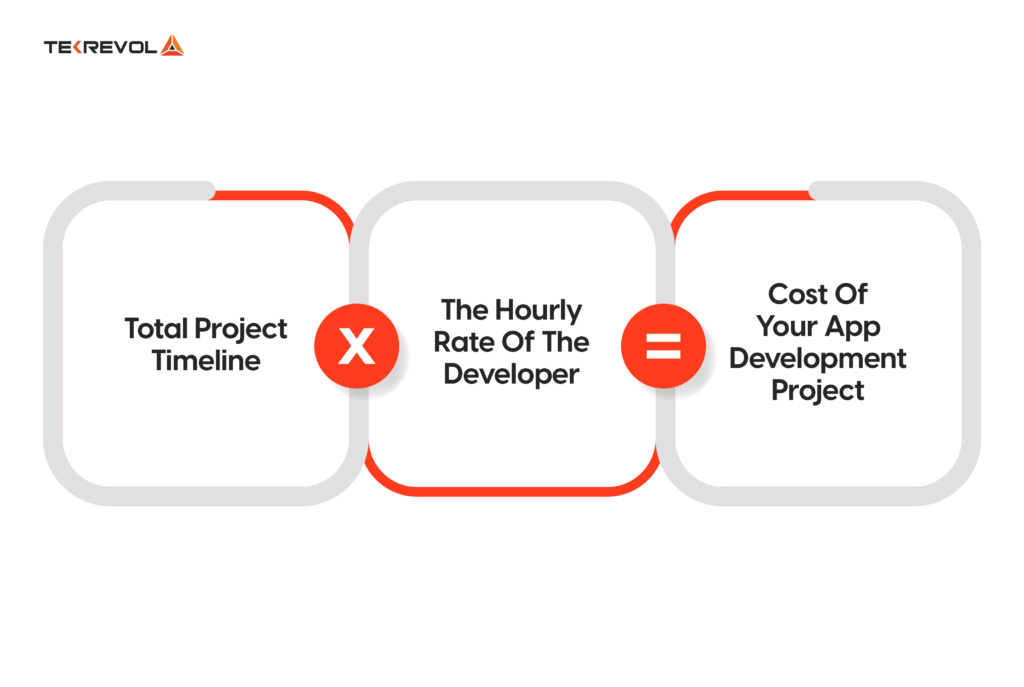
Let’s imagine you want to develop an app similar to Uber but for lorry drivers and instead of passengers, you want to transport cargo.
Now, the idea is great, and if you want to start gathering funds to create it, you would need an estimated cost or project quote. Here’s how you can get it easily.
- Take Control of Your App Development Budget
- Calculate the Cost in Minutes
- Calculate Now
How Can You Choose The Best App Monetization Method For Your App?
Even free apps can be easily monetized to make you money through deploying different monetization strategies as is evident from the article above.
However, finding the right mix of monetization strategies for your app is a critical piece of the puzzle that will gear you towards finding success with your app. Here’s us explaining how you can do that.
Narrow Down Your Target Audience & Create Funnels That Lead Them Towards The Monetization Methods:
Gaining traffic for your app should not be your main goal, but gaining the right kind of traffic for your app is where you should focus the most on.
The best way to do this, is again to consider the business purpose of your app. Here, continuing the example mentioned in the previous section, a language learning app is most likely to be used by immigrants the most.
They can be immigrants in a new country for work, personal or social purposes. Their major need is to blend into their new surroundings and learning the native language plays a crucial role in this.
Once you have your user persona and target audience identified, then the next step is to create a funnel that translates this traffic into revenue for your app.
For a language learning app, gamification of features might be a good idea to achieve this aim. Gamification means converting simple activities into a sort of mini-challenges like creating fill-in-the-blanks for completing sentences.
Once the user is hooked, you can increase the complexity of these challenges making the user compelled to access the more advanced features of the language learning app like audio lessons in order to complete these challenges.
This way you can easily turn your traffic into actual money by creating routes that a user should take in order to engage with the app monetarily.
Look For What Similar Apps In The Niche Are Doing:
Conventionally, there are always some apps operating in the same niche you are targeting and by assessing their revenue model and current earnings, you can easily understand what is working and what is not working in a certain app niche.
For e.g. some language learning apps might have in-app purchases for audio lessons but these purchases are not aligned with the user’s activities within the app causing the app to lose potential revenue due to the mismatch.
Research is critical to ensure that you have your monetization strategy prepared for your app before you intend to hit the ground running in the market.
Which Platforms Are Performing The Best in Terms Of Revenue Generation?
How much money your application makes depends a lot on the platform you choose to get it developed on. Android has the largest market share in the mobile industry with 75.82%, compared to iOS’ 22.9%, making the former the obvious platform dominating app revenues in the current environment.
During the third quarter of 2022, Android users could choose between 3.55 million apps, making Google Play the app store with the most extensive number of available apps.
The Apple App Store was the second-largest app store, with roughly 1.6 million available apps for iOS. Whereas the exact number of apps may fluctuate as Apple and Google regularly remove low-quality content from their app stores, the number of apps has increased over the years.
For mobile applications, these platforms provide the answer to the question every business owner asks when getting their app developed, “How much money can an app make?”
While there is no definite answer to this exact query, the current projections indicate that the future for mobile apps is on the right trajectory, and it seems that the growth rate is only going to increase by the end of 2023.

Once you’ve chosen a platform and made that decision, how you monetize your application to make millions or even billions is an important strategic decision. For this, we’ve chosen three of the most used revenue models across the industry that you can choose based on your niche.
- Maximize Your App's Revenue Potential
- Choose the Right Platform for Development Today!
Which Type Of Apps Have The Potential To Make Money?
Gaming Applications are the largest contributors to global app revenue. In 2022, the global app market generated an estimated total revenue of approximately $431 billion.
This revenue encompasses various sources, including in-app purchases, advertising, and premium apps.
According to statista, more than 49% of the adults in the United States play video games on a smartphone or tablet at least once a week. Isn’t it amazing?

Gaming Applications accounted for 77% of the total app revenue in 2018, with the gross mobile game revenue standing at $54.7 Billion.
In 2022, game revenues on iOS experienced a slight decline of 4.3%, totaling $50 billion. Despite this negative growth, iOS remained a dominant force, accounting for 61% of all mobile gaming revenues.

On the other hand, E-commerce mobile apps have also been on the rise for a long time, and if existing data is any indicator, the rise is not going to slow down any time soon.
The growing tendency among the younger demographic to buy online has contributed significantly to the rise of this sector in apps. By 2024, experts have estimated that the US mobile commerce sales will amount to $431 billion and is expected to exceed more by the end of 2024.
This is one of the niches that has given businesses the ability to become globally recognized brands. In order to cash in on this market, mobile applications require a payment gateway integration within applications, which allows them to sell products and merchandise on their mobile apps.
As per eMarketer’s report, the global number of digital buyers is projected to rise from 1.92 billion in 2015 to 2.14 billion in 2020. Furthermore, it is expected to continue its upward trajectory, reaching 2.56 billion by 2022.
The Internet of Things is also being primed as the next big thing in the area of modern mobile application development. According to Techjury, there are expected to be roughly 64 billion IoT devices worldwide by 2025.
Another vertical that mobile app developers and businesses have to keep in mind is Smart TVs and Smart Watches, as they can also churn out a huge amount of revenue in upcoming times.
According to Adweek, 70 million homes in the US are connected to Smart TVs, which is allowing applications to make more money and expand their user base through diversifying.
Companies like YouTube, Netflix, and Amazon are already making way onto these platforms with their custom applications designed for these platforms.
These applications are already functioning on most video game consoles as well, providing convenience by making sure that their apps are discoverable across multiple platforms.
What Does The Future Of App Development Look Like?
The future of app development is expected to be dynamic and transformative, driven by technological advancements and evolving user demands.
Here are some trends and statistics that highlight the potential future of app development:
Increased Adoption of Artificial Intelligence (AI):
AI-powered apps are anticipated to become more prevalent, leveraging machine learning, natural language processing, and computer vision to deliver personalized and intuitive user experiences.
Growth of Augmented Reality (AR) and Virtual Reality (VR) Apps:
AR and VR technologies are gaining momentum, with applications across various industries such as gaming, education, healthcare, and marketing. It is estimated that the AR/VR market will reach $72.8 billion in revenue by 2024.
Expansion of Internet of Things (IoT) Apps:
Tech analyst company IDC predicts that in total there will be 41.6 billion connected IoT devices by 2025, or “things.”
It also suggests industrial and automotive equipment represent the largest opportunity of connected “things,”, but it also sees strong adoption of smart home and wearable devices in the near term.
Continued Growth of Mobile Commerce (mCommerce):
With the increasing number of smartphone users worldwide, mCommerce is on the rise. By 2023, it is estimated that mCommerce sales will reach $3.56 trillion globally.
We expect retail mcommerce sales to account for 43.4% of total retail ecommerce sales in 2023, up from 41.8% in 2022.
Wrapping Up
Tekrevol’s mission has always been to help businesses grow with the help of our mobile app development expertise. If you’re stuck wondering how much investment you would need to get your business booming in the digital market, we’ve come up with an app calculator that can give you an estimated price for your product.
Without having to deal with a human counterpart, you can get a quote and compare it to the potential earnings that mobile apps have in the modern world.
- Don't Let Your Idea Stay a Dream
- Take Action Now and Let's Make It Happen

 8371 Views
8371 Views March 10, 2025
March 10, 2025